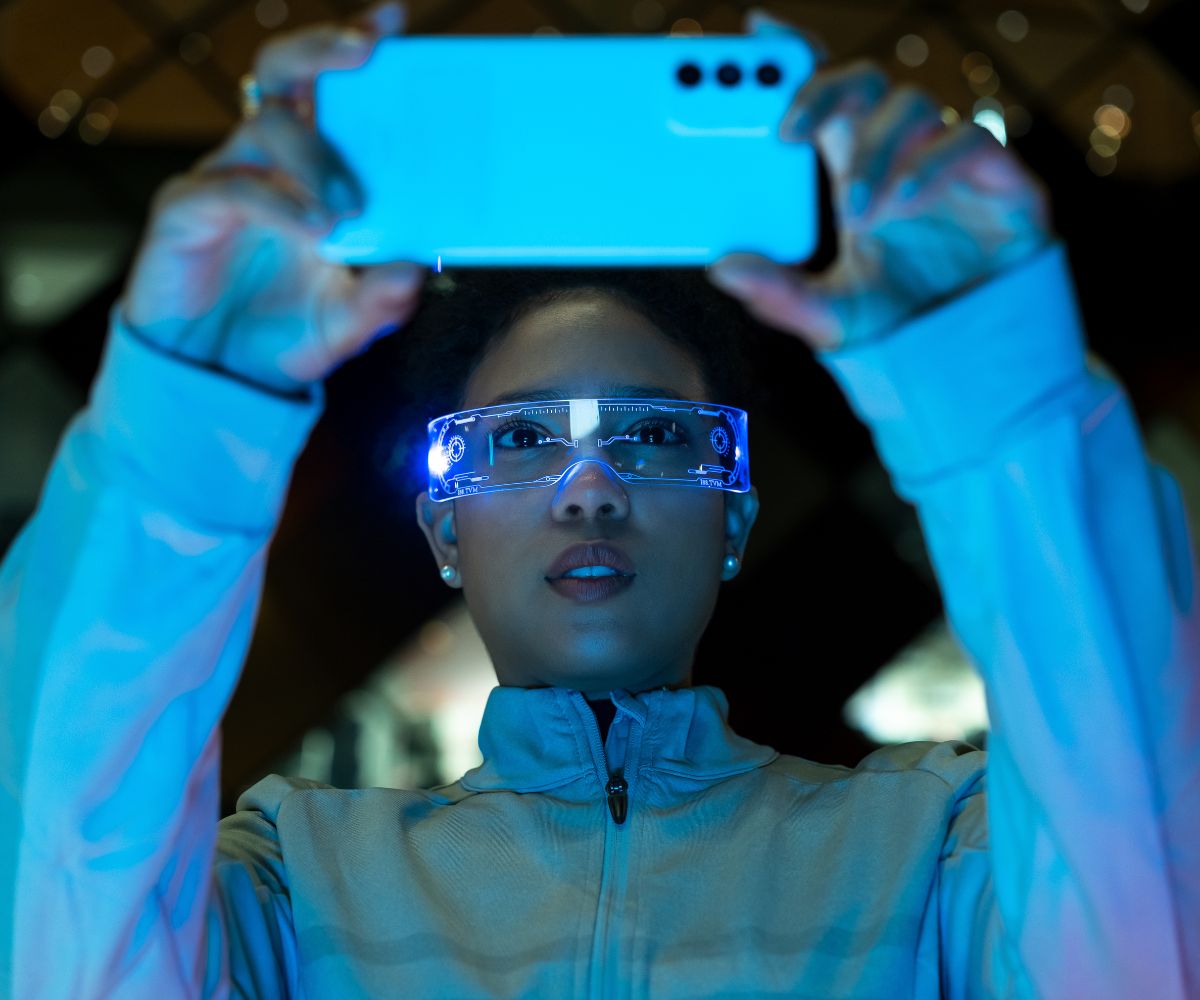In an era where technology is ceaselessly revolutionising various industries, the art world is not to be left behind. The very essence of art – how it’s created, curated, and consumed – has undergone a transformative shift in recent years.
One groundbreaking development that epitomises this change is the rise of virtual art galleries. For emerging artists, these digital platforms offer unparalleled opportunities to showcase their work, connect with a global audience, and break down traditional barriers. They’re not just changing the game; they’re redefining it.
Breaking Down Barriers
In the traditional art gallery setup, artists face an array of challenges. Limited space, geographical constraints, and high operational costs often make it difficult for new talents to secure a spot on those hallowed walls. Virtual galleries, however, obliterate these barriers, offering a limitless virtual space where artists can exhibit their work without the need for physical logistics.
An online art gallery can be accessed by anyone, anytime, from anywhere in the world, broadening the scope of who can view, appreciate, and potentially purchase an artist’s work.
Democratising the Art World
One of the most compelling aspects of virtual art galleries is their potential to democratise the art world. Gone are the days where the conversation and commerce of art were confined to a select few – collectors, curators, and critics. Online galleries provide a platform for a wider audience to engage with art, irrespective of their background or location.
Emerging artists benefit from this exposure, gaining opportunities for their work to be critiqued and appreciated by a diverse audience. This can lead to increased recognition, and in many instances, a boost in sales.
Tailored User Experience
Virtual art galleries are not merely digital replicas of their physical counterparts; they offer features that are unique to the digital experience. Viewers can often customise their journey – filtering artworks based on style, artist, or medium – enabling a more personal interaction with the art.
Additionally, augmented reality tools allow users to visualise how a piece would look in their own living space, merging the realms of potential and actual ownership in a seamless user experience. For emerging artists, these features create an interactive relationship with potential buyers and admirers, something that was hitherto impossible in a traditional gallery setup.
Networking and Collaboration
The digital nature of virtual art galleries allows for innovative ways of networking. Artists can collaborate with other professionals across the globe, from co-hosting a digital art show to engaging in cross-promotional activities. These platforms often have social media integration, making it easier for artists to share their work, build a following, and engage with a community of both peers and fans.
Sustainability and Cost-Efficiency
Maintaining a physical gallery involves numerous expenses – from rent and utilities to staff salaries. The cost-efficient nature of virtual art galleries makes them an attractive option for emerging artists who may be working on a tight budget. Moreover, the digital format is inherently more sustainable, cutting down on the need for printed materials and energy consumption associated with physical venues.
The Future is Virtual
As technology continues to evolve, it’s clear that virtual art galleries are more than a temporary trend; they are a sustainable, inclusive, and innovative way for emerging artists to share their creativity with the world. The art industry has always been a confluence of tradition and innovation, and virtual galleries are the latest example of this beautiful symbiosis.
Whether you are an artist looking to gain visibility, a collector in search of unique pieces, or simply an art enthusiast wanting to explore, an online art gallery offers an enriching experience that is shaping the future of the art world.
Virtual art galleries are not a replacement for physical galleries but rather an expansion, an enhancement, and in many ways, a liberation. They are levelling the playing field for emerging artists, allowing them to stride confidently into the global art arena. The game has not just changed; it has opened up to include more players than ever before.


